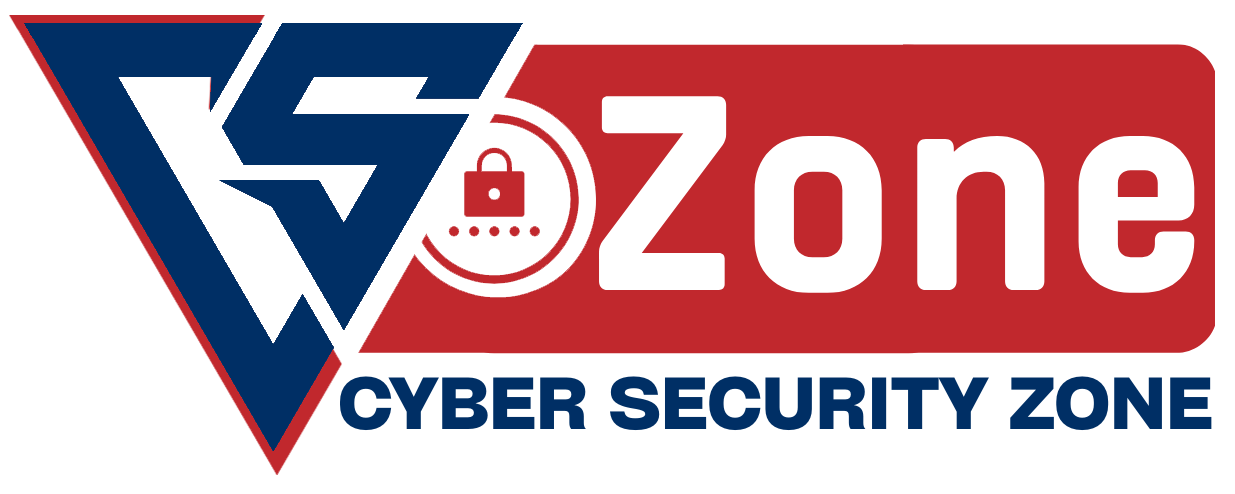Ransomware attacks have become increasingly prevalent, targeting individuals, businesses, and organizations of all sizes. Understanding how to prevent these attacks and recover from them is crucial in safeguarding your digital assets. Let’s explore some effective prevention and recovery tips to protect against the rise of ransomware attacks.
What is Ransomware?
Ransomware is a type of malicious software designed to encrypt files or lock access to computer systems, demanding payment (a ransom) for their release. These attacks can have devastating consequences, disrupting operations, causing data loss, and inflicting financial harm on victims.
Prevention Tips:
1. Employee Training and Awareness:
Educate employees about the dangers of ransomware and teach them how to recognize phishing emails, suspicious links, and malicious attachments. Encourage a culture of cybersecurity awareness and vigilance.
2. Keep Software Updated:
Regularly update operating systems, applications, and security software to patch vulnerabilities and defend against known ransomware threats. Enable automatic updates to ensure timely protection against emerging risks.
3. Use Antivirus and Anti-Malware Software:
Deploy reputable antivirus and anti-malware solutions to detect and block ransomware infections. Implement real-time scanning and behavior-based detection to identify and mitigate threats before they can cause damage.
4. Implement Email Security Measures:
Utilize email security solutions, such as spam filters, anti-phishing tools, and email encryption, to prevent ransomware-laden emails from reaching users’ inboxes. Train employees to exercise caution when opening email attachments or clicking on links.
5. Restrict Administrative Privileges:
Limit user privileges and access rights to minimize the impact of ransomware attacks. Only grant administrative privileges to authorized users who require them for their job responsibilities.
Recovery Tips:
1. Disconnect Infected Systems:
Immediately disconnect infected systems from the network to prevent the ransomware from spreading to other devices and servers. Isolate affected devices to contain the infection and mitigate further damage.
2. Backup Data Regularly:
Maintain regular backups of critical data and systems to restore files in the event of a ransomware attack. Store backups securely offline or in the cloud to prevent them from being compromised by ransomware.
3. Follow Incident Response Procedures:
Activate your organization’s incident response plan to coordinate the response to a ransomware attack. Assign roles and responsibilities, communicate with stakeholders, and follow established procedures for containing and remediating the incident.
4. Seek Professional Assistance:
Engage cybersecurity experts and incident response professionals to assist with ransomware recovery efforts. They can provide expertise, guidance, and technical support to help restore systems and data safely.
5. Report the Incident:
Report the ransomware attack to law enforcement authorities, such as the FBI or local law enforcement agencies. Provide as much information as possible to aid in the investigation and prosecution of cybercriminals.






